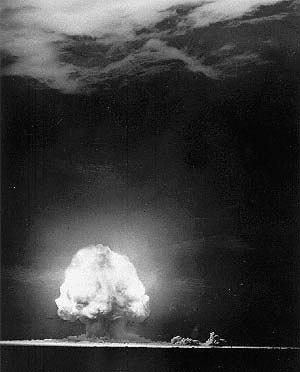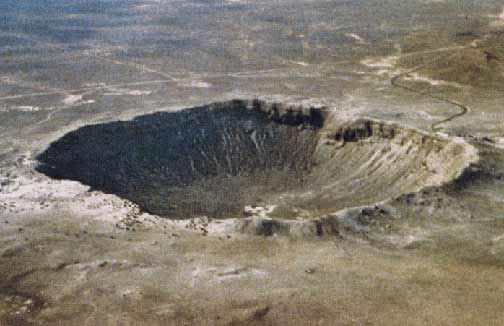About Trinitite
 Fusion Glass from the first Atomic Bomb Blast
Fusion Glass from the first Atomic Bomb Blast
( First Atomic Bomb Blast at 5:29:45 a.m. Mountain War Time on July 16, 1945 )
This material offered is intended for scientific studies in institu-tes and museums, for educational purposes and, as a rare and special reminding specimen of an event that changed our World, for the advanced and serious mineral collector.
The purchaser is responsible for safe storage and handling and acknowledges that he/she is 18 years old or older. Under no circumstances we will be held liable for consequential damages connected with your purchase of our Trinitite!
Trinity Site is where the first atomic bomb was tested at 5:29:45 a.m. Mountain War Time on July 16, 1945. The 19 kiloton explosion not only led to a quick end to the war in the Pacific but also ushered the world into the atomic age. All life on Earth has been touched by the event which took place here.
The 51,500-acre area was declared a national historic landmark in 1975.


 Today, we are continually hearing about the space flights (spacecraft, satellites, etc.) of objects which are sent into space from the Earth, and we can all too easily forget that "flying objects" from space (meteoroids) have been landing here on earth since the beginning of time. Many of these are very solid spacecraft indeed, and their landing is sometimes so powerful that it exceeds the effects of an atomic bomb.
Today, we are continually hearing about the space flights (spacecraft, satellites, etc.) of objects which are sent into space from the Earth, and we can all too easily forget that "flying objects" from space (meteoroids) have been landing here on earth since the beginning of time. Many of these are very solid spacecraft indeed, and their landing is sometimes so powerful that it exceeds the effects of an atomic bomb.